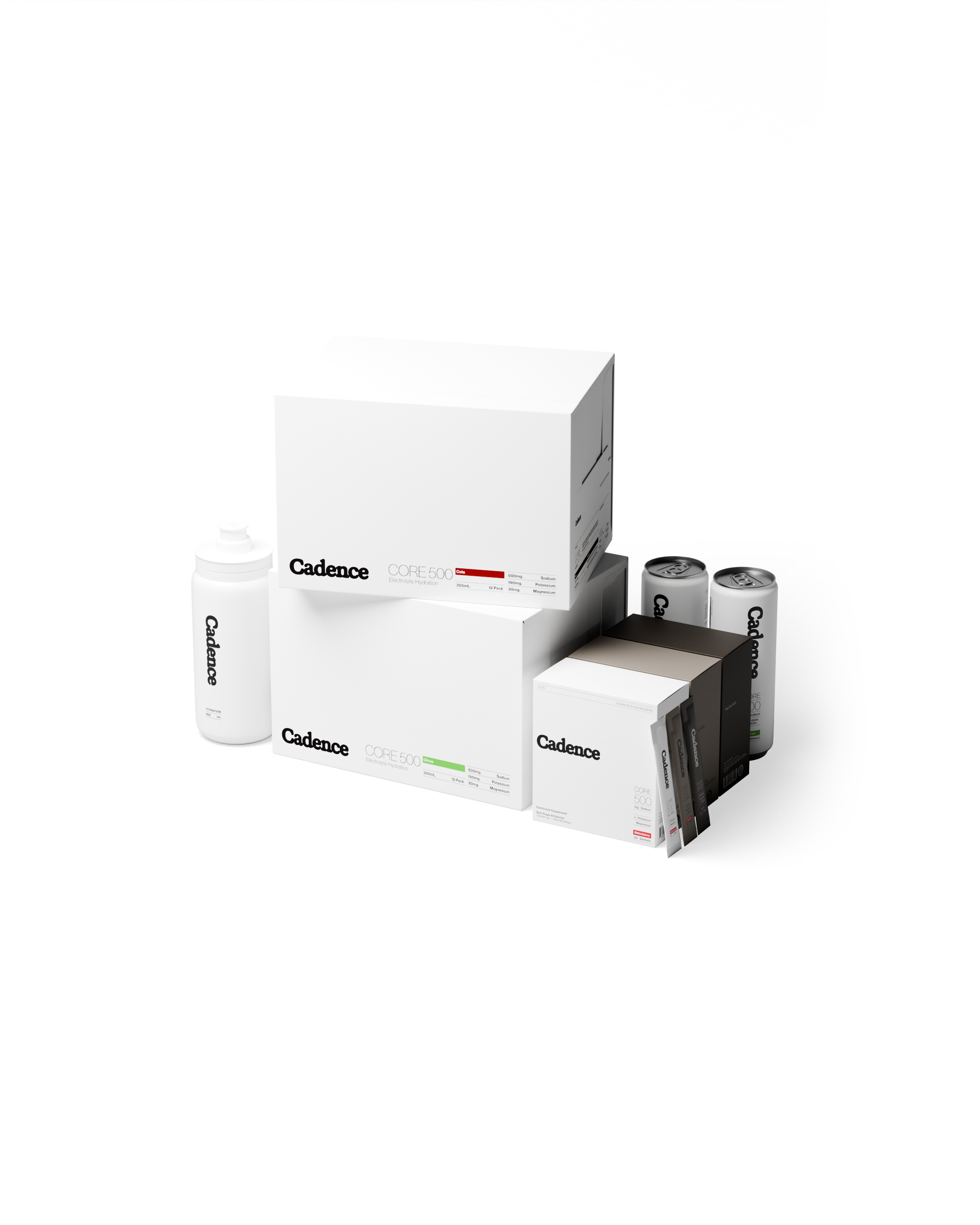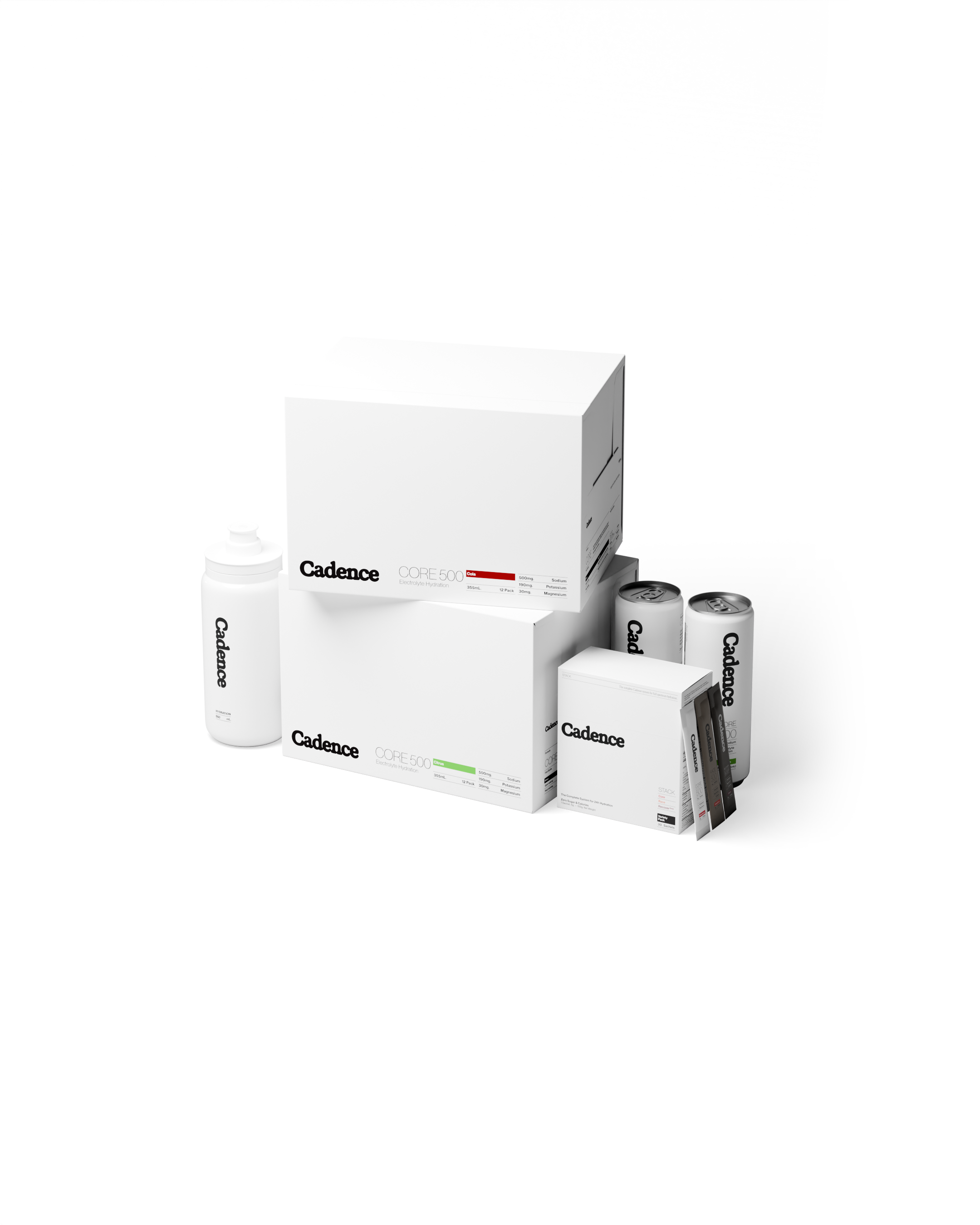Life is relentless, we now move at an unwavering pace—between work, family, workouts and daily commitments, many of us struggle to find time to prepare healthy meals. Yet, despite our busy schedules, we’re also incredibly fortunate to live in a world where high-quality, nutritious food is more accessible than ever. With so many options available, making healthier choices often comes down to being intentional and prioritizing what fuels our bodies best, even when time is short.
Fortunately, fast-casual dining restaurants have emerged as a convenient solution, offering customizable bowl options that cater to health-conscious individuals and athletes alike. These restaurant chains allow us to build custom bowls that best reflect our unique and ever changing energy and nutrient requirements. This flexibility is essential when making deliberate choices as part of a periodized nutrition plan.
Periodized nutrition plan: adjusting the foods we eat at each meal to reflect the changing demands of the day.
In the following article, we will discuss the decision making process and how to shape your diet in preparation for long runs, and then how to adjust your diet in the aftermath of a workout to optimize recovery, with a specific emphasis on ingredients found within these fast-casual restaurants.
Pre-Exercise Fueling
Before a run, the focus is on fueling the body efficiently without causing digestive discomfort. The primary goal is to top up glycogen stores, which are the small fuel tanks in the muscle and liver that fuel and sustain energy during intense exercise. This is best achieved by prioritizing higher glycemic index carbohydrates, such as white rice, bread, potatoes or sweet potatoes, and fruits or fruit juices. These fast fuels digest quickly and efficiently to top up the fuel stores, maintain blood glucose levels and provide a steady flow of fuel to delay the onset of fatigue, particularly during longer runs. Research has suggested that a dose of 1–4 grams of carbohydrate per kilogram of body weight in the hours before exercise can significantly improve performance by preserving muscle glycogen and maintaining maximum intensity.
At the same time, it’s important to keep fat and fiber intake low before a run. High-fat or high-fiber foods slow gastric emptying and digestion, which can delay the delivery of fuel to the muscle and increase the risk of gastrointestinal discomfort such as bloating or general discomfort during exercise. Choosing lighter, lower fat foods such as grilled chicken, shrimp or tofu alongside lower fat dressings and lower fiber foods such as white rice ensures that the body can absorb nutrients efficiently and direct blood flow to working muscles instead of the digestive tract. This is an important and often overlooked aspect to ensure you feel ‘light’ and ready to run, yet fully fuelled.
Remember that nutrition is nuanced and recommendations are context specific. In other contexts, away from exercise the inclusion of higher fiber carbohydrates and healthy fats is of great benefit to overall health. But prior to a run intentional adjustments to the foods and fluids that you consume should be made to ensure you are fueled and ready.
Adding nitrate-rich vegetables, such as beets, spinach, and arugula, offers additional performance benefits. A quick science lesson, the naturally occurring nitrates in these vegetables are converted into nitric oxide in the body, which has been shown to vasodilate blood vessels, boosting blood flow to the muscle and brain, reducing the oxygen cost of exercise, and improving mitochondrial efficiency. These effects can lead to noticeable improvements in endurance and power output, especially during sustained efforts. Many athletes now utilize beet shots or beet juice before training and races, but the same benefits can be achieved through food. Some studies also suggest that small amounts of cayenne pepper may benefit muscle function and help delay fatigue, likely due to its potential to increase circulation and reduce perceived exertion.
Smart Selections
|
Food |
Function |
|
|
Base |
White rice, sweet potato |
Easy to digest carbohydrate to fuel the run |
|
Added fuels |
Bread, croutons, apples, fruit salad, Cadence Core 40 Fuel Bar |
Additional carbohydrate to top up fuel tanks |
|
Protein |
Grilled chicken breast, shrimp, hard boiled egg, tofu |
Lean protein to stabilise energy and protect muscle |
|
Nitrates |
Spinach, arugula, roasted beets, lettuce |
Nitrate-rich vegetables to boost blood flow |
|
Dressings |
Light balsamic vinaigrette, honey dressing, cayenne pepper |
Lower fat dressings to ensure rapid digestion without compromising on flavor |
|
Drink |
Cadence Electrolyte Drink, beet juice |
Fluid and electrolytes to hydrate and additional nitrates |
Post-run Recovery
After a long, intense run, the body needs specific nutrients to accelerate recovery, reduce muscle soreness, and enhance overall training adaptation. The 5R recovery philosophy is applicable here and encompasses the key objectives during this period. They are refuelling with sufficient carbohydrate, supporting muscle repair with quality protein, reducing inflammation and oxidative stress with colourful antioxidants and anti-inflammatory nutrients, rehydrating with fluids and electrolytes, and then resting with sufficient quality sleep and relaxation. Selecting the right foods, in the correct dosages and at the right times can have a significant impact on how quickly and effectively you bounce back.
Again, carbohydrates play an important role and should feature prominently. Although the quantity of carbohydrates you consume should vary depending on the duration and intensity of the run. Research has shown that 1–2 grams of carbohydrate per kilogram of body weight consumed immediately after a run can accelerate the rate of refuelling. Missing this post-run window and delaying the intake of carbohydrates can slow the rate of refuelling by 45% and can reduce your performance in the following days by 30%. A blend of high and low glycemic index carbohydrates can work well here, with rice and potatoes paired with quinoa, beans and chickpeas for some added protein.
Consuming 0.2–0.4 grams of high quality protein per kilogram of body weight in the aftermath of the run is essential for stimulating muscle protein synthesis, the growth and repair processes critical for rebuilding and maximising adaptations within the muscle. Including omega-3-rich proteins like salmon adds additional, functional benefits. Omega-3 fatty acids have been shown to regulate inflammation, support muscle cells, and enhance recovery following intense exercise.
Another critical aspect of recovery is managing inflammation and oxidative stress. Intense exercise increases the production of reactive oxygen species, which can damage cells, increase soreness and delay recovery if not counteracted. Imagine this inflammation and oxidative stress being like a fire burning in the body. The food choices you make after a workout can either fuel the fire, allowing it to continue burning hotter and wider or they can extinguish the fire and accelerate recovery. Incorporating foods rich in polyphenols and antioxidants, like broccoli, kale, lemon juice, olive oil, berries, and pomegranate juice, act like fire extinguishers. Whereas processed, refined foods increase inflammation and oxidative stress, fuelling the fire and delaying recovery.
Hydration is often overlooked in recovery but is absolutely vital. The amount of fluid and electrolytes required to fully rehydrate varies dramatically. But the gold standard recommendation for optimal rehydration is 150% of body mass lost during exercise. Assuming you lose 1 L and 900 mg of sodium through sweat during your workout you would then need to consume at least 1.5 litres of fluid and at least 1 Core 500 Electrolyte Sachet to optimally rehydrate and restore fluid balance. Certain foods may also help with rehydration. Fresh fruits and vegetables, soups, smoothies, fruit juices and chocolate milk can be particularly beneficial. In regards fluid retention, at 2-hours following consumption milk actually outperforms still water and sports drinks. The addition of milk or yoghurt is particularly beneficial during the acute recovery period as it provides fluid, carbohydrate, protein, electrolytes and calcium to offset bone resorption.
Smart Selections
|
Food |
Function |
|
|
Base |
White rice, wild rice, sweet potato |
Easy to digest carbohydrate to refuel |
|
Added fuels |
Quinoa, chickpeas, black beans, tortilla chips, apples, fruit salad, Cadence Fuel 40 Bar |
Additional carbohydrate and protein to top up fuel tanks and repair muscle |
|
Protein |
Miso glazed salmon, lean beef steak, hard boiled egg |
Omega-3 rich proteins to reduce soreness and support repair processes in the muscle |
|
Polyphenols |
Turmeric, herbs, spices, spinach, broccoli, basil, tomato, berries, pomegranate seeds, roasted almonds, avocado |
Polyphenol rich spices, herbs, fruits and vegetables to reduce inflammation and oxidative stress |
|
Dressings |
Olive oil, lemon, lime |
Polyphenol rich dressings to accelerate recovery |
|
Drink |
Cadence Electrolyte Drink, pomegranate or cherry juice |
Fluid and electrolytes to hydrate and additional polyphenols |
Conclusion
Even with the demands of a busy lifestyle, making smart food choices at fast-casual dining restaurants can play a powerful role in supporting both performance and recovery. With customizable options packed with nutrient-dense ingredients—like lean proteins, quality carbohydrates, healthy fats, and both nitrate and polyphenol-rich fruits and vegetables—these meals, combined with Cadence hydration offer a convenient and effective way to fuel your workouts, promote muscle repair, and maintain energy throughout the day. It all comes down to being intentional, selecting foods that work with your goals, not against them and adjusting your meals according to the ever changing daily demands.

